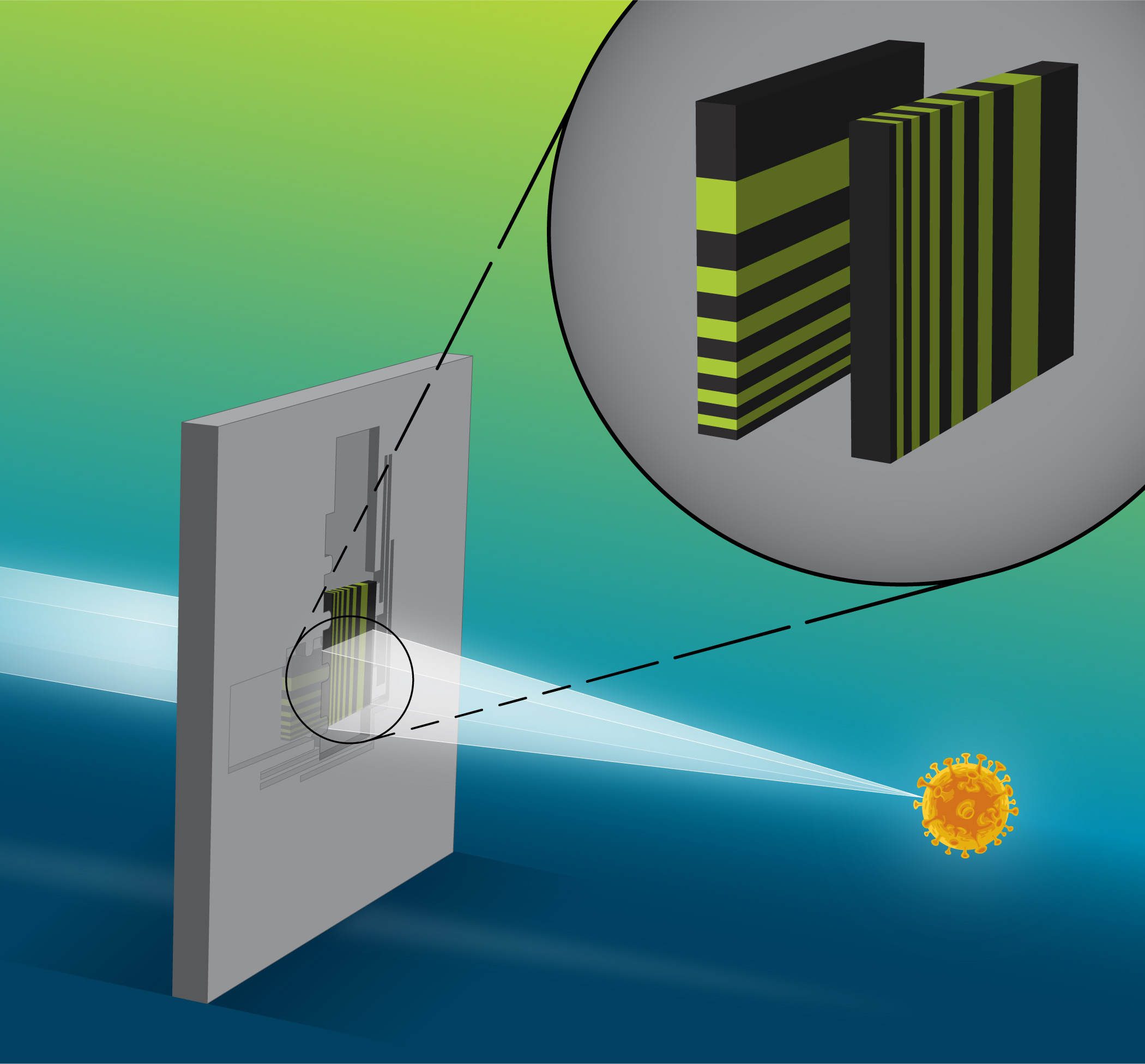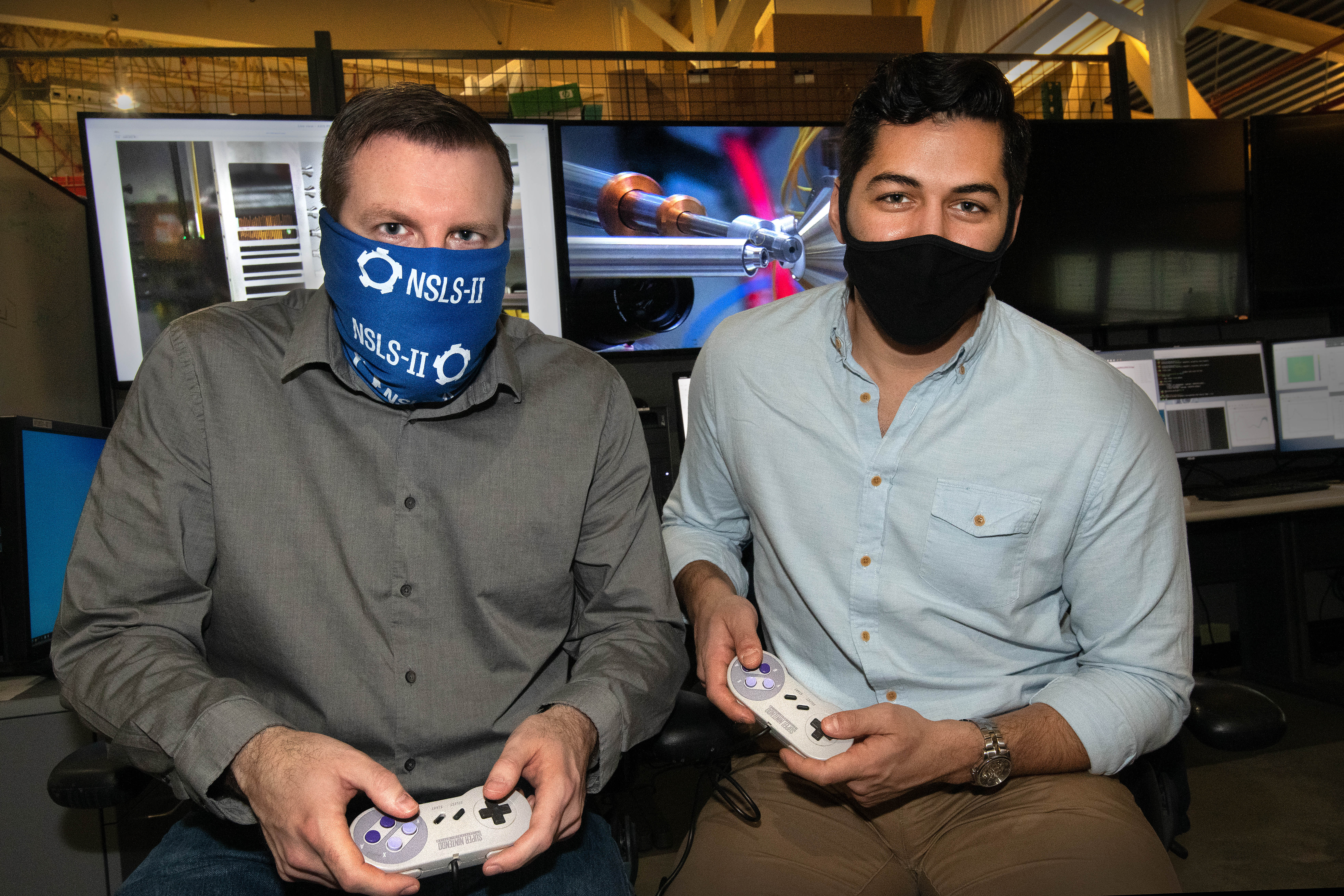An international team of astronomers have used a powerful array of radio telescopes to discover new insights about a magnetar that’s only a few hundred years old. By capturing precise measurements of the magnetar’s position and velocity, new clues emerge regarding its developmental path. When a relatively high-mass star collapses at the end of its life and explodes as a supernova, it can leave behind a superdense star called a neutron star.
Tag: Synchrotron Radiation

NSLS-II Researchers Win 2022 Microscopy Today Innovation Award
UPTON, NY On Aug. 3, 2022, scientists at the U.S. Department of Energy’s (DOE) Brookhaven National Laboratory received the 2022 Microscopy Today Innovation Award for their development of a system with bonded x-ray lenses that make nanoscale resolution more accessible than ever before. When the team at the National Synchrotron Light Source II (NSLS-II), a DOE Office of Science user facility, tested the new lens system, they achieved a resolution down to approx.

Game on: Science Edition
UPTON, NY — Inspired by the mastery of artificial intelligence (AI) over games like Go and Super Mario, scientists at the National Synchrotron Light Source II (NSLS-II) trained an AI agent — an autonomous computational program that observes and acts — how to conduct research experiments at superhuman levels by using the same approach. The Brookhaven team published their findings in the journal Machine Learning: Science and Technology and implemented the AI agent as part of the research capabilities at NSLS-II.